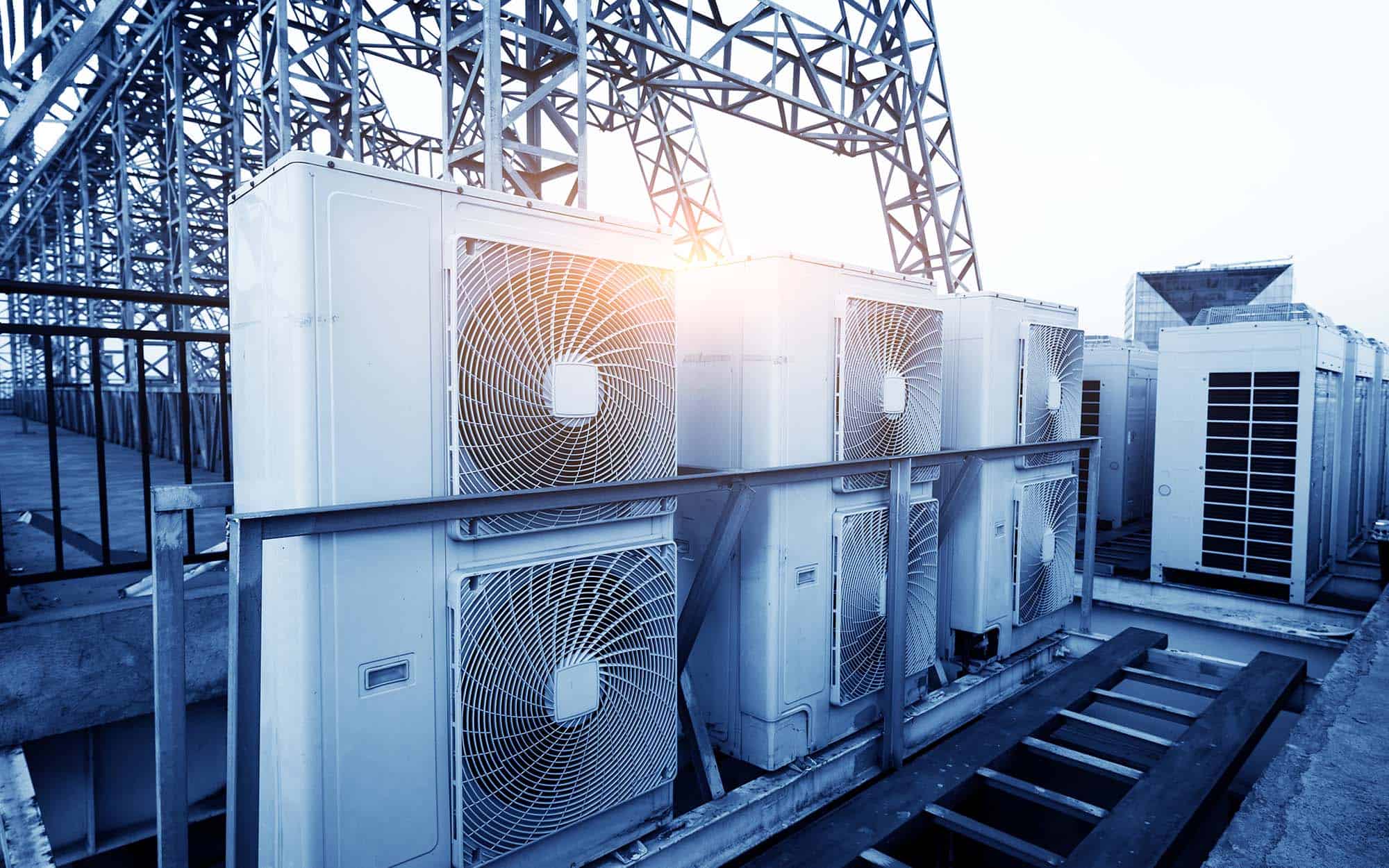
Inflation may be slowing down, but with just about everything still at record high prices, people are looking for any way to save money. While there are some obvious strategies, such as cutting back on going out to eat, going on fewer vacations, and looking for side jobs to help pay the bills, people often overlook small changes that can add up over time. If you own a business, one of these strategies is to find ways to save money at the office.
As the weather heats up, utility bills tend to increase as well. But with some simple tips and tricks, you can reduce energy consumption and save money.
One of the best ways to lower your energy costs is by changing your heating, ventilation, and air conditioning (HVAC) system strategies. This post will discuss tips for saving money on utility bills by optimizing your HVAC system.
Tips for How to Save on Utility Bills
Change Your Air Filters Regularly
Regularly replacing the air filters is the first step in optimizing your HVAC system for efficiency. Dirty air filters can restrict airflow, making your system work harder than it needs to. This can lead to increased energy consumption and higher utility bills. The Department of Energy suggests changing filters at least every three months, but buildings with animals, smokers, or people with allergies may need to replace filters more frequently.
Locate the filter at the air handler unit or the return air duct to change the air filters. Remove the old filter and replace it with a new one. Make sure the new filter is the same size as the old one, and position the arrow on the filter to match the airflow direction in the system.
Allow the Office to Be One Degree Warmer
One of the easiest and most effective ways to save money on your utility bills this summer is by allowing your office to be one degree warmer than usual. According to the Department of Energy, you can save up to 3% on your cooling costs for every degree you raise your thermostat above 72 degrees Fahrenheit.
Every degree makes a difference, and the more you can tolerate a warmer temperature, the more you can save on your energy costs.
You may be thinking, 72 degrees already feels hot enough. However, one common strategy is to allow the building to warm to 75 degrees for a day or two and then drop it to 73 degrees. Suddenly, 73 degrees feels quite nice. There is a belief that 72 degrees is the perfect temperature for working indoors. However, studies have shown that people can be just as comfortable in any range from 68-76 degrees if they accustom themselves to it long enough.
While 76 degrees may be too optimistic, 74 degrees can be a comfortable option during the year’s hottest months.
Updating Your HVAC System
If your HVAC system is over ten years old, consider an upgrade. The technology has improved significantly over the past decade, and upgrading your system can lead to significant cost savings. For example, newer methods are designed to be energy efficient HVAC systems, which means they use less energy to achieve the same level of cooling. This can lead to lower utility bills.
Additionally, newer systems are designed to work with programmable thermostats, allowing greater control over your building’s temperature. This can also lead to energy savings, as you can set the thermostat to automatically adjust the temperature when you’re away from work for the weekend.
To determine if it’s time for an upgrade, consult a professional HVAC technician who can evaluate your system and make recommendations based on your building’s size, layout, and other unique factors.
Use Ceiling Fans
Ceiling fans can be a great addition to any room, providing a cool breeze that can help reduce the need for air conditioning. When using fans, rotate counterclockwise to push cool air toward the room’s edges. This can help distribute cool air throughout the room, making it feel cooler overall.
Additionally, only use your ceiling fans when you’re in the room. Fans don’t lower the room’s temperature but create a breeze that cools you down. Running the fan is unnecessary if you’re away from the room, as it doesn’t provide any benefit.
Install a Programmable Thermostat
A programmable thermostat allows you to set temperatures for different times of the day based on your schedule. For example, you can program the thermostat to keep the building warmer during the day when you’re at work and cooler in the evenings when you’re home. This can help reduce energy consumption and lower your utility bills.
When selecting a programmable thermostat, look for one compatible with your HVAC system with features matching your lifestyle. Some models even learn your habits over time and adjust the temperature automatically based on your preferences.
Seal Air Leaks
Air leaks in a building can make it challenging to maintain a consistent temperature. Cool air can escape through windows, doors, and other gaps, increasing energy consumption and utility bills. Sealing air leaks can help keep your office building cooler and reduce energy usage.
Start by inspecting the weatherstripping around doors and windows.
Replace the weatherstripping to create a tighter seal if you notice any damage or gaps. Additionally, consider adding caulk to any cracks around windows or other areas where air leaks from the building.
Save Big With Energy Efficient HVAC Systems From React Industries
Optimizing your HVAC system can reduce energy consumption, lower utility bills, and keep you comfortable all season long.
Consider changing your air filters regularly, allow your building to be one degree warmer, and upgrade your HVAC system to a more efficient model.
With these tips, you can stay cool and save money all summer!